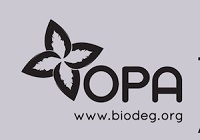Polymers Petrochemicals Textiles Automotive 02-04-2019 - Arhive
The contract price of ethylene in Europe for April deliveries was agreed at the level of EUR1,045 per tonne, which is EUR30 per tonne higher than the level of March, some participants in the contract negotiations in the market told ICIS on Friday.
The contract price was approved under the terms of FD NWE (with delivery to North-West Europe).
This level of the contract price was directly confirmed by two manufacturers and two consumers, which is a sufficient configuration for the approval of the monthly contract price for the material.
The contract price is considered fully agreed upon after confirmation from at least two manufacturers (suppliers) and from two consumers (buyers).
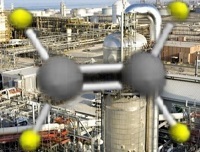
The contract price of benzene in Europe for deliveries in April this year was finally agreed at EUR640 per ton, which is EUR82 per ton higher than the March price, ICIS reported, citing confirmation from three buyers and three sellers .
Contract prices were agreed on the terms of delivery CIF North-Western Europe.
The April contract price of benzene was agreed to in dollar terms at USD640 per tonne, and then converted to euro in an agreed exchange rate of EUR1 = USD1.1218.
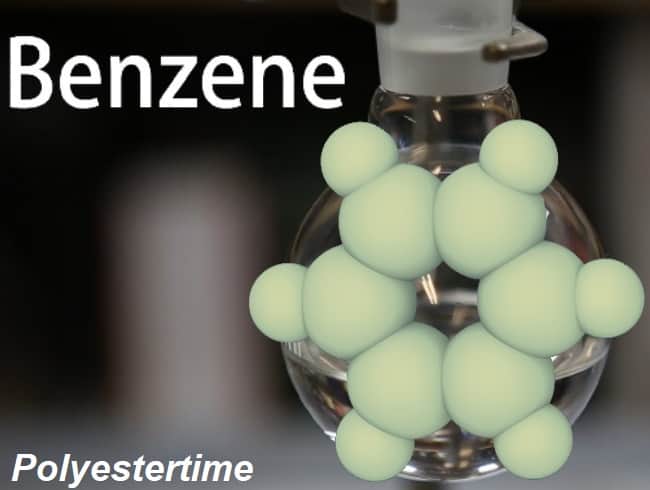
Crude Oil Prices Trend

The specialty chemicals company LANXESS sees great application potential for its technical plastics under the brands Durethan (polyamide) and Pocan (polybutylene terephthalate) in the New Mobility growth market
- Great potential for polyamides and polybutylene terephthalates in the electric powertrain;
- Focus on batteries, motors and inverters as well as on charging systems and elements of the charging infrastructure;
- Substitution of conventional materials such as die-cast aluminum.
This is why the High Performance Materials business unit founded the “e-Powertrain team”, which is geared to the needs of the global automotive industry and supports external partners throughout the entire development chain for components of electric vehicles and the associated infrastructure.

Paraxylene, also known as PX or P-Xylene, is an aromatic hydrocarbon compound, derived particularly from benzene. Paraxylene is a colorless, toxic, sweet-smelling, and highly flammable chemical at room temperature . It is found naturally in petroleum and coal tar. Paraxylene or P-Xylene is an isomer of xylene compound, derived from benzene.
Some of the other isomers of xylene include O-xylene and M-xylene. Paraxylene finds its largest application in large-scale manufacturing of terephthalic acid for polyester; also known as parylene.
The production process of paraxylene is one of the most complicated among all the chemicals; simple crystallization of the xylene normally led to complex purification process owing to the formation of eutectic mixtures .
It is manufactured by catalytic reforming of naptha, a petroleum derivative, and separated in a series of adsorption or crystallization, distillation, and reaction processes from ethyl benzene, o-xylene, and m-xylene.

Lower prices of feedstocks, slowed demand, record-high inventories, and lower-priced imports impacted resin prices.
The first quarter came to a close with prices of nearly all volume resins—including engineering types—trending flat to lower.
The exceptions were PVC and PS: PVC prices rose a bit after remaining flat for months, but success of a newly posted increase appeared dicey.
PS was perhaps the true “maverick,” with increases last month and more to come this month, due to a cost push from feedstocks.
These are the views of purchasing consultants from Resin Technology, Inc. (RTi), Fort Worth, Texas; senior editors from Houston-based PetroChemWire (PCW ); and CEO Michael Greenberg of The Plastics Exchange in Chicago.
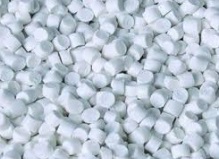
Bio Adipic Acid Market share is likely to see significant growth as planned capacities come online over the next few years. Adipic acid market size was estimated at over 2.7 million tons and is likely to exceed 4 million tons by 2023, growing at a CAGR of more than 4.5%. Adipic acid (ADA) market revenue was over USD 4.5 billion and is likely to reach USD 7.4 billion by 2023.
Nylon 6,6 was the largest application and accounted for more than 80% of the total volume in 2015. Polyurethane (PU) application is likely to be the fastest growing at gains of over 5.2% up to 2023.

The invention and introduction of plastic were hailed as a major development in the realm of scientific research that would impact the entire world.
There is no doubt that it has, but the impact has not always been beneficial. Decades later, we face a major unintended consequence of this miracle product.
Plastic has become one of the worst pollutant problems in the world.
The profuse amount of plastic waste fills garbage dumps, slums, city streets, beaches, rivers, and increasingly larger areas of our oceans.
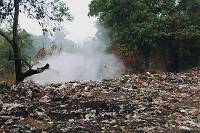
Over the years public service campaigns helped push recycling into the mainstream. But many people have been doing it wrong.
Cross-contamination with trash now threatens the industry. China, the world’s biggest buyer of recycled materials, stopped importing a lot of our salvaged goods last year because they were too contaminated.
They now turn down anything that’s not 99.5 percent pure, uncontaminated material.
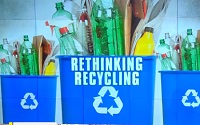
Saudi Aramco generated earningsbefore interest, taxes, depreciation andamortisation (EBITDA) of $224bn in 2018, andintends to finance its purchase of SABIC ininstalments, according to new disclosures fromratings agencies Fitch and Moody’s.
Source: Ali Haider/EPA/REX/ShutterstockIn the first issuedcredit profile ratings of the Saudi state oiland gas firm ahead of an anticipated bond issueto finance part of the $69.1bn purchase pricefor 70% of SABIC, the company revealed that itintends to pay down part of the purchase pricein tranches between 2019 and 2021.

Due to graphene’s 2D geometry, most of the device applications require graphene to be partially or fully supported by a substrate, which is typically silicon dioxide (SiO2). An important example of a typical graphene structure on SiO2 is the graphene field effect transistor – GFET, a sheet of graphene connected to metal terminals on the planar substrate.
The current common understanding is that graphene interacts with SiO2 through weak, long-range van der Waals forces, even though experimental evidence suggests a surprisingly strong interaction between graphene and SiO2 that affects all properties of the device.
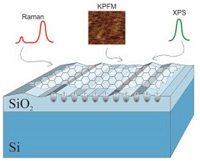
Industrial black plastic is difficult to recycle. Infrared technology developed in Finland may help to change that.
A technology company in northern Finland’s city of Oulu has developed an infrared camera that is able to identify black plastic for recycling for the first time.
The mid-wavelength infrared (MWIR) camera is the product of tech firm Specim, which develops robotics and spectrographs, mainly for export.

Oxo-Biodegradable Plastics Association logoOpa might be a Greek word for celebration, but no one is celebrating at the Oxo-Biodegradable Plastics Association (OPA; London).
A proposed ban on oxo-degradable plastics was “attacked” in the European Parliament on March 27 by British Member of the European Parliament (MEP), Stuart Agnew.
“Parliament has not been made aware that if we accept the reference to oxo-degradable plastics in article 5 we would be evading the European Union’s own rules for banning substances.
These are set out in articles 68 to 73 of the REACH regulation, and we cannot just ignore them,” said Agnew.
